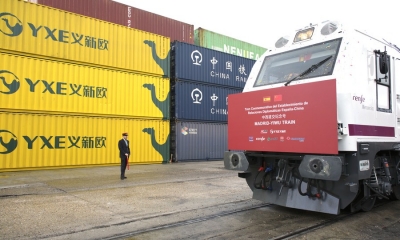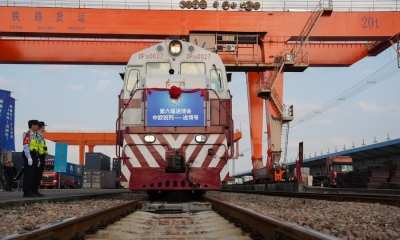Meeting the Population Challenge

It is not so much a gamechanger, but China is always well organized and well suited to adapting to new economic conditions in the bid to continue prosperity.
China has announced a new policy to allow all couples to have three children in a bid to meet the future challenge of an aging population and improve the country’s demographic structure.
It marks a historic shift in the country’s family planning policy, but the proposal is not a catch-all solution to reverse a declining birth rate; more preferential measures related to the cost of living, childcare and education should be considered to supplement the new policy.
China’s fertility rate was above six before the 1970s. By the 1980s, the country’s reform and opening up had created a massive flow of rural to urban migration, which saw cities such as Shanghai and Shenzhen boom and completely rewriting the country’s economic structure.
In an urbanized society, having children is a more expensive commitment as they do not constitute an extension of economic activity, and new considerations, including housing, food, childcare, tertiary education and time itself all come into the mix.
This means the new policy adopt a more fertility-friendly social environment for couples willing to have three children. These could include policies such as government subsidizing childcare or housekeepers, more affordable education, housing and university funding that must be considered.
In the meantime, China’s progress in automation and artificial intelligence are aspects that cannot be ignored when it comes to the population challenge, as such development is playing a growing role in manufacturing and production in the country, reducing demand for human labor.
Already a growing number of factories in China are automated. For example, the Chinese appliance company Midea, based in Guangdong, is pursuing a three-year plan to raise its automation level in 25 factories by 2023. In the factories where it is already relying heavily on robotics, efficiency has increased by nearly 30%.
The three-child policy shows China’s endeavors to maximize the role of population in economic and social development so as to respond to a declining fertility rate. It is not so much a gamechanger, but China is always well organized and well suited to adapting to new economic conditions in the bid to continue prosperity.
 Facebook
Facebook
 Twitter
Twitter
 Linkedin
Linkedin
 Google +
Google +







